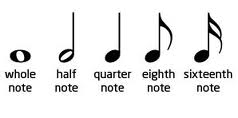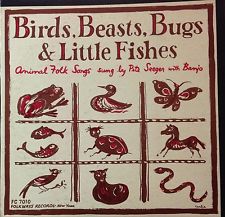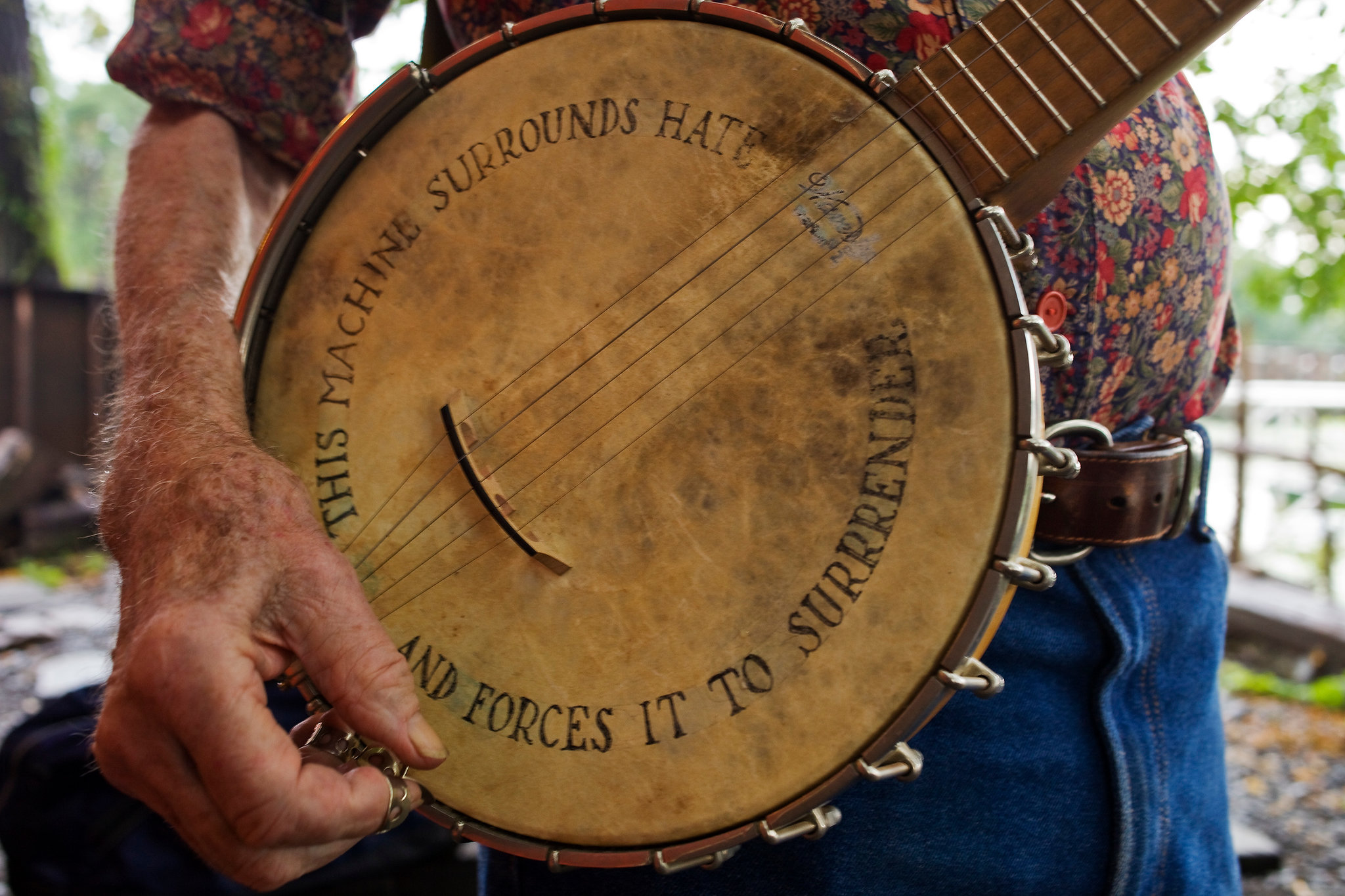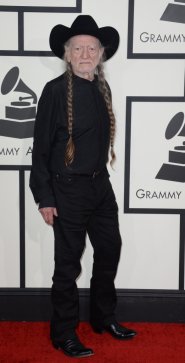William,
First of all, in common parlance, what you are calling the "tenor" string is referred to simply as the middle string. "Tenor" makes sense to me, but that is not common practice.
Second, strumming in will accent the melody string only if your strum moves downward rather than upward. It may be that you are too new at playing to be able to fully control your strums in this way, but in the same way that Ken described how to strum out in such a way as to de-emphasize the bass, you can do the same thing strumming inward. In other words, strumming inward per se does not stress the melody notes. It is your specific method of strumming inward, and as you progress you will gain greater ability to alter your strumming in nuanced ways.
Third, notice that you refer to "principle" strum. Although some folks only strum in one direction, most players eventually begin strumming in both directions. The key is to keep a steady strum, with your principle strum occurring on the down beats and your other strum occurring on the up beats. So if your principle strum is in, the as you count 1-&-2-&-3-&-4-& you will strum in on the numbers and out on the &s. If your principle strum is out (as is mine) then you reverse that, and you strum out on the numbers and in on the &s. But melodies are not limited to down beats, so as you begin playing more and more advanced melodies, you will have to play melody notes when not strumming in the direction of your principle strum.
In short, the long-term solution to your problem cannot simply be to strum in instead of out. You will eventually develop the technique to emphaize certain strings in either direction. Admittedly, de-emphasizing the middle string is a problem.
How new are the strings? I would suggest putting all new strings on and getting slightly heavier melody strings and bass strings. Why not try .024 on the bass and .012 on the other strings. That change alone will emphaize the bass and melody strings more than they are now inyour current set-up. And if the strings are old, they might indeed have aged differently. Wound strings can sometimes go dead or flat faster than unwound strings, and since you finger the melody strings, the oil from your skin might have encouraged the melody strings to age faster than the middle string which remains untouched. Both new strings and changing the gauges might help with the problem you have.
Finally, if changing string gauges does not help, try changing the tuning a tiny little bit. Every dulcimer has a tone that finds extra responsiveness in the wood. Some players and luthiers sing into the sound holes of their instruments to find what that tone is and then they tune accordingly. It is possible that the A note of your middle string is simply more resonant in your dulcimer than other notes. What if you tuned CGG instead of DAA? You will still be able to play all the same songs in all the same fingerings that you've already learned, but it's possible that getting the middle string off the A note will bring it back in line with the volume and sustain of the other strings.
Good luck. And let us know how things go.









